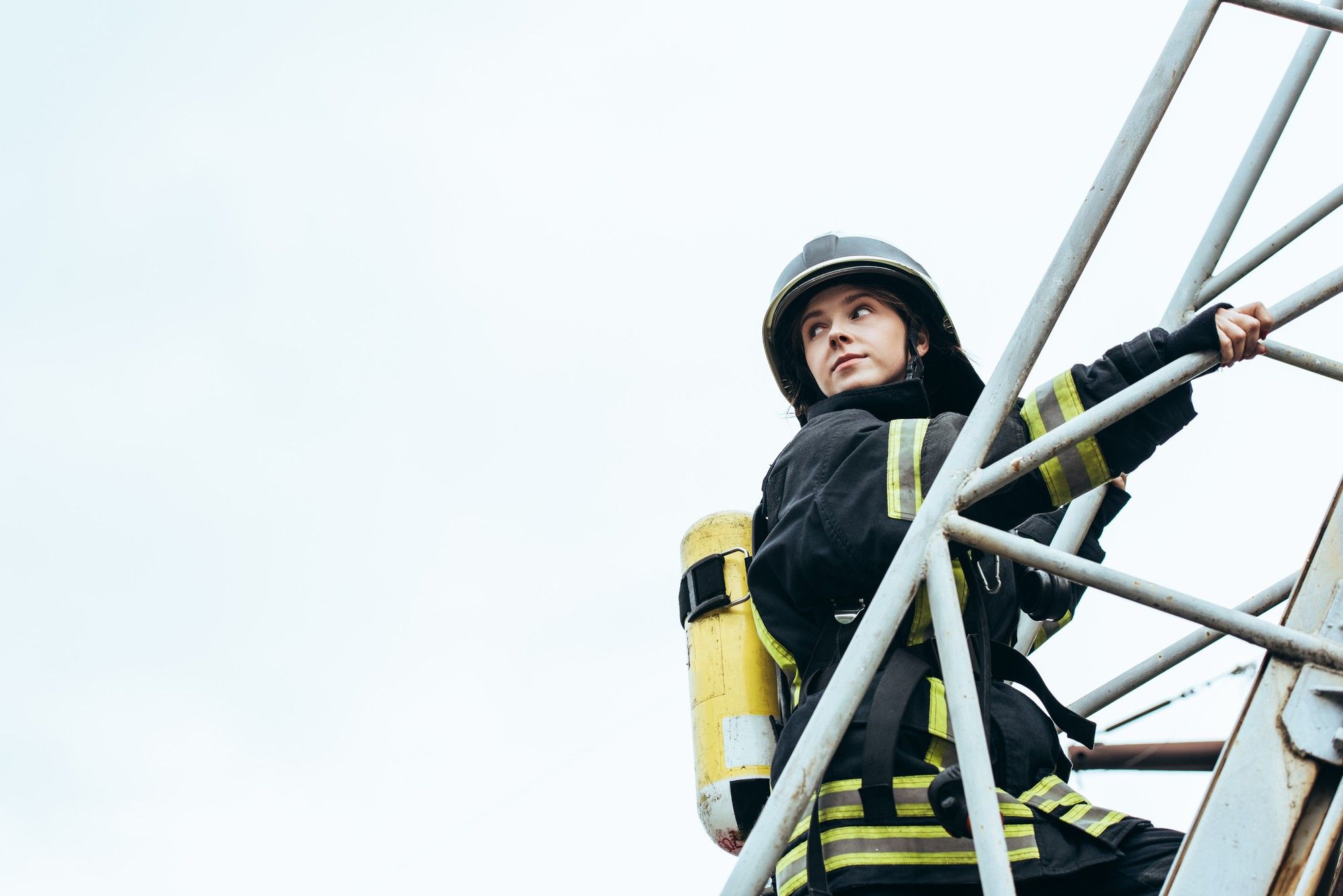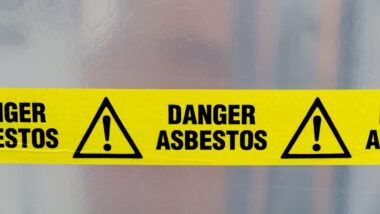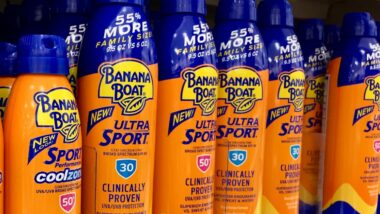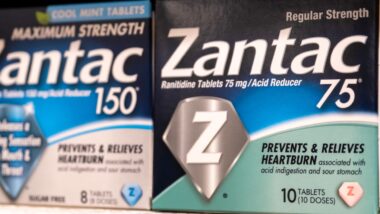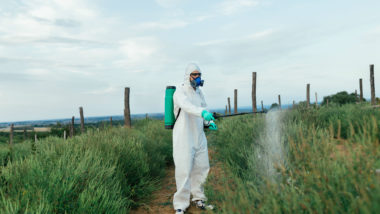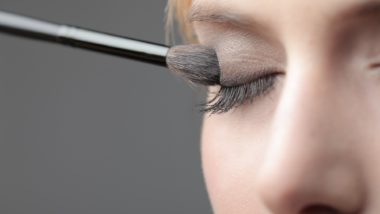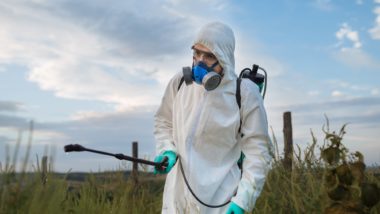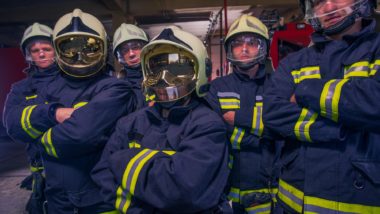Top Class Actions’s website and social media posts use affiliate links. If you make a purchase using such links, we may receive a commission, but it will not result in any additional charges to you. Please review our Affiliate Link Disclosure for more information.
Female firefighters may be at a higher risk of developing cancer after working with carcinogens such as those found in firefighter foam products.
Researchers from the University of California Berkeley’s School of Public Health recently concluded that women firefighters are exposed to carcinogens which can lead to life-threatening conditions like breast cancer.
One of the notable carcinogens pointed out by the Berkeley researchers are per- and polyfluoroalkyl substances (PFAS). PFAS chemicals are commonly found in a variety of firefighting products including firefighter foam, uniforms, and grease or water resistance coatings. The substances may also be found in fabrics, furniture, and food packaging.
PFAS are often called toxic “forever chemicals” because of their inability to break down in the environment.
According to the Berkeley research study published in the Environmental Science and Technology Journal, PFAS chemicals are linked to a variety of cancers including breast cancer. The study looked at 86 women firefighters and 84 women working in offices in downtown San Francisco. These women had blood samples taken and were asked about their workplace activities, consumer product use, and even their eating habits.
Researchers then tested the women’s blood samples for 12 types of PFAS chemicals. Seven of these chemicals were reportedly found at detectable levels in most of the samples and four others were found at detectable levels in all of the samples.
Three of the seven chemicals found in most samples – PFHxS, PFUnDA, and PFNA – were reportedly detected at higher amounts in the blood of female firefighters.
Unfortunately, this could mean a higher risk of cancer for women firefighters. PFAS chemicals have reportedly been linked to numerous cancers and have also been shown to interfere with breast development, immune function, and endocrine function.

“As a team, we decided to conduct an exposure study looking at chemicals that are potential breast carcinogens.”
The study was one of the first published from the Women Firefighter Biomonitoring Collaborative, an investigation aiming to study the safety of female firefighters. Much research about PFAS cancer rates has focused on men and their risks. The Women Firefighter Biomonitoring Collaborative aimed to remedy that and assess the risks specifically faced by women firefighters.
“This is the first study, to our knowledge, that’s been done on women firefighters,” said Rachel Morello-Frosch, senior author of the study and a UC Berkeley professor of environmental science, policy, and management.
The researchers explain that understanding the risks faced by female firefighters is a crucial step in protecting these women, preventing cancer, and helping if they do get sick.
Problems for Female Firefighters
According to the U.S. Fire Administration’s 2019 report, female firefighters are becoming increasingly more common. Although only six percent of firefighters were women in 2015, this is up from only one percent in 1983.
In addition to facing problems with equality and increased risks associated with firefighter foam cancer, women firefighters reportedly face issues with their protective equipment. Unfortunately, women who work as firefighters are often forced to wear protective suits that are not designed for their body shape.
This can allegedly lead to impaired mobility – forcing women to work harder and potentially put themselves at a higher risk of developing overexertion and heart attacks.
Researchers at Florida State University investigated the difference between male and female firefighter mobility while wearing their gear. The survey found that, while men had problems with the crotch and pant leg of suits, women reported more issues with the upper body of the protective suits.
“There’s not enough research to say 100 percent, ‘This is what a female turnout suit needs to be,’ but we do know women need a suit designed for them,” said Meredith McQuerry, author of the Florida State University study and an assistant professor in the Jim Moran College of Entrepreneurship.
“The National Fire Protection Association sees the need. There are female and male sizes, but those are oversimplifications that don’t take different anthropometric proportions into account, like the waist-to-hip ratio, the bust or shoulder breadth.”
McQuerry was awarded over $400,000 by the Federal Emergency Management Agency to help her further her research into the needs of female firefighters. She says her goals are simple: “Better performance, less exertion, better safety.”
Female professionals who are experiencing these restrictions should not have to worry further about the risks associated with firefighter foam cancer. Female firefighters who developed cancer after using foam products on the job could be entitled to monetary compensation.
If you or someone you love has developed cancer after exposure to firefighting foam, you may be able to file a lawsuit and pursue compensation. Filing a lawsuit cannot take away the pain and suffering caused by a cancer diagnosis, nor can it bring a loved one back to life, but it can at least help to alleviate the financial burden incurred by medical expenses, lost wages, and more.
Filing a lawsuit can be a daunting prospect, so Top Class Actions has laid the groundwork for you by connecting you with an experienced attorney. Consulting an attorney can help you determine if you have a claim, navigate the complexities of litigation, and maximize your potential compensation.
If you or someone you love developed cancer after being exposed to firefighting foam, you may have a legal claim. Fill out the form on this page now to find out if you qualify to participate in a free firefighting foam lawsuit investigation.
ATTORNEY ADVERTISING
Top Class Actions is a Proud Member of the American Bar Association
LEGAL INFORMATION IS NOT LEGAL ADVICE
Top Class Actions Legal Statement
©2008 – 2024 Top Class Actions® LLC
Various Trademarks held by their respective owners
This website is not intended for viewing or usage by European Union citizens.
Get Help – It’s Free
Join a Free Firefighting Foam Cancer Class Action Lawsuit Investigation
If you qualify, an attorney will contact you to discuss the details of your potential case at no charge to you.
PLEASE NOTE: If you want to participate in this investigation, it is imperative that you reply to the law firm if they call or email you. Failing to do so may result in you not getting signed up as a client or getting you dropped as a client.
Oops! We could not locate your form.

